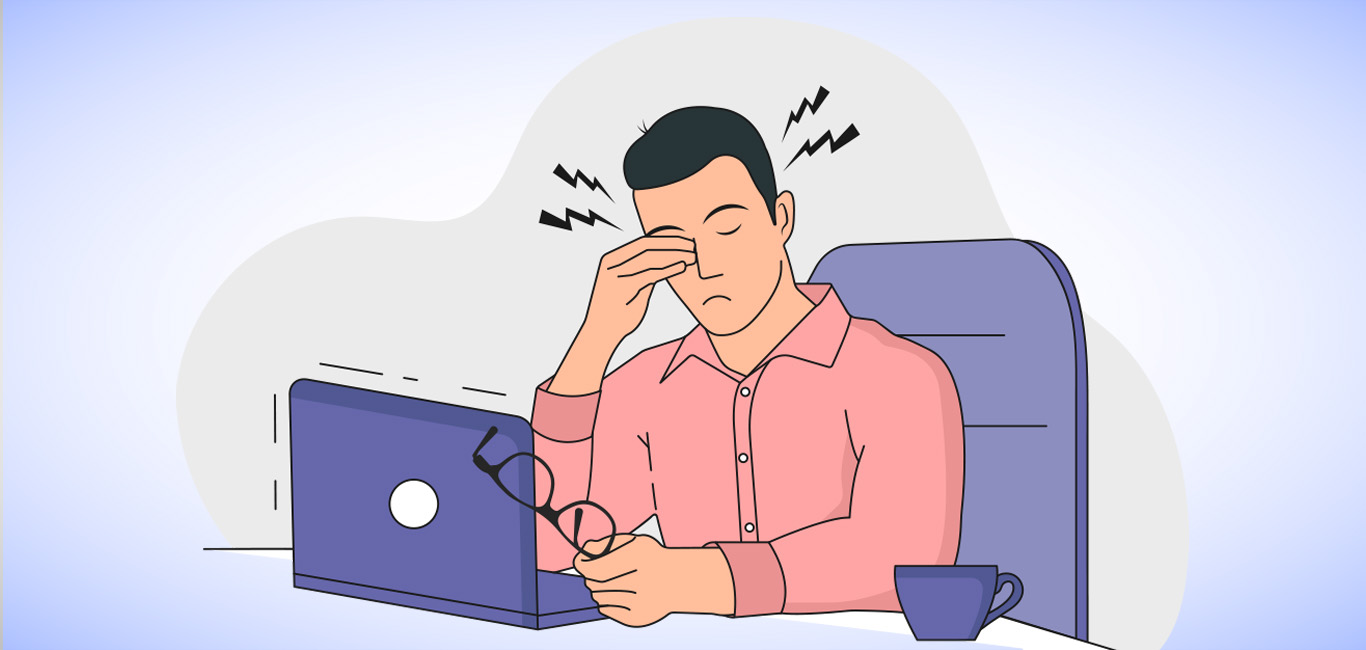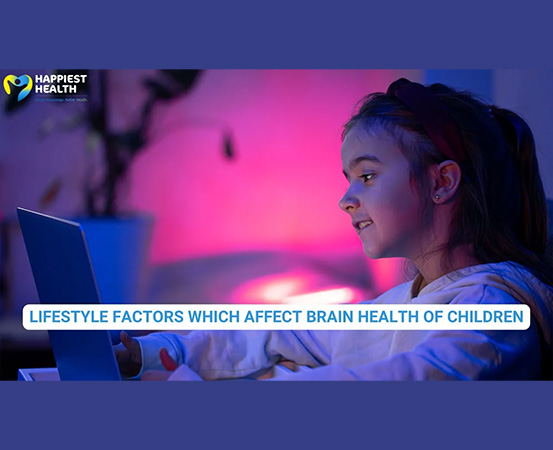
An itchy eye can be extremely distressing and can creep up on you in the most unexpected situations such as during an important meeting, maybe while you’re cooking, or maybe even on a special occasion when you have to pose for a hundred photographs.
The occasional itch may be due to something stuck in your eyes, such as dust or an eyelash. In such situations, splashing some water on your face or even a cold compress can help. However, when the itch and irritation persist, it’s could be a reason to time to visit a doctor and get some professional advice.
An underlying cause
Aruna Chandrahas, a 62-year-old lady from New Delhi who suffered from early onset of the autoimmune disease, rheumatoid arthritis (RA), experienced dry eyes when she first started to notice some changes in her overall health.
“Along with a persistent cough and fatigue, I started to have some discomfort in my eyes, which I had not experienced before,” she says. Itchiness, strain and a constant urge to rub her eyes made her wonder about the cause, as her environment had not changed. This was before she had been officially diagnosed with RA.
After receiving the diagnosis, she found out that dry eyes were one of the symptoms of her condition. “Along with my other medication, I started to use some lubricating drops that helped ease the discomfort in my eyes,” she says.
Dr Ashwin Santosh Shetty, Consultant Ophthalmologist, Aster CMI Hospital in Bengaluru, says that dry eyes as a symptom is not necessarily isolated. “Apart from ageing and environmental conditions, people experiencing dry eyes usually have some kind of underlying condition. The most common ones are autoimmune diseases like RA where the glands get affected and the quantity of tears is reduced.”
He says other causes for dry or itchy eyes could include refractive surgeries, chemical injuries, vitamin A or D deficiency, diabetes and old age.
Environmental factors and gadget-use
The more common causes of dry eyes are environmental, says Dr Twinkle Gupta of Guru Gobind Singh Medical College & Hospital, Punjab. “These include, summers or hot weather, pollution, frequent use of contact lens, smoking or being around smoke, spending too much time in air conditioning, and increased screen time,” she adds. These effects are itching, burning, foreign body sensation, visual disturbances and sometimes, even headaches.
Talking specifically about gadget use, Dr Shalini Shetty, Senior Consultant-Ophthalmologist, Apollo Hospitals, Bengaluru, says that it is the most common cause of dry eyes. Spending too much time in front of screens results in increased evaporation of tears due to reduced blinking. “Normally, a person blinks 13-15 times a minute, and this is very important as each time you blink, a new tear film is formed which helps in keeping the eyes moist.” However, people working on gadgets, be it laptops, phones, desktops etc, are known to blink much less — just 3-4 times a minute — which causes dry eyes, she explains.
Whatever you do, avoid rubbing!
Dr Ashwin points out that the treatment for dry eyes is customised based on the underlying condition, and that one size does not fit all.
However, doctors are congruent about one quick yet harmful solution — do not rub your eyes to ease irritation. “Rubbing your eyes can cause an increased risk of infection from minor injuries due to nails or dirt. Most importantly, rubbing can lead to a condition called keratoconus (where the cornea thins and gradually bulges into a cone shape),” says Dr Shalini.
She adds that visiting a doctor is recommended as they can assess the cause and severity of dry eyes and can treat the condition accordingly. She also recommends drinking adequate water; sleeping well and not using gadgets right before bedtime; taking frequent breaks while working and wearing anti-glare glasses while in front of a computer; and eating plenty of fruits and vegetables.
So, the next time you find yourself experiencing irritation and dry eyes, do visit a doctor to understand what exactly could be causing it, and follow the tips suggested by experts.
Things to watch out for
- A stinging, burning or scratchy sensation in your eyes
- Sensitivity to light
- Redness in eyes
- A sensation of having something in your eyes
- Blurred vision or eye fatigue
The 20-20-20 rule
This is an important rule to follow, says Dr Shalini. The idea is to take a break every 20 minutes, for 20 seconds, and look at an object 20 feet away. This also benefits other areas such as the neck, shoulders and fingers, which can get affected due to long hours of working in front of a screen.

















